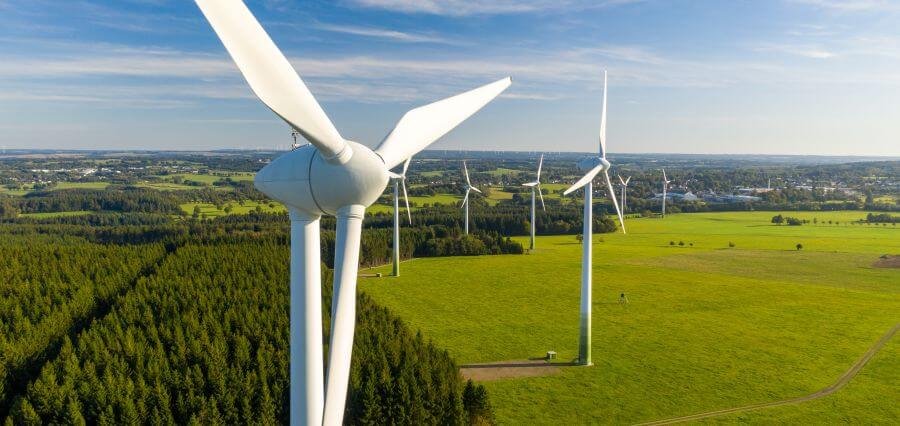Experts caution that the upcoming auction round is likely to derail the UK from achieving its target of 50GW of new offshore wind capacity by 2030. The government has announced a record budget for the next clean power contract auction round in an effort to revive offshore wind development, which suffered setbacks in the previous auction. The Treasury confirmed that Contracts for Difference (CfD) Allocation Round 6 (AR6) will have the largest-ever budget of over £1 billion, with £800 million earmarked for offshore wind projects. This decision follows last year’s increase in the reserve price for the auction by 66% to £73/MWh. The adjustments aim to address concerns raised by offshore wind developers about the previous auction’s failure to attract bids due to the low reserve price, which did not account for industry inflation and higher interest rates. The government hopes these changes will stimulate new projects and steer the UK back towards its offshore wind capacity target for 2030.
However, analysts cautioned that the CfD budget may not be adequate to achieve the target. Sam Hollister, head of energy economics and finance at LCP Delta, commented on the announcement, stating, “Today’s announcement of £1bn to further invest in low carbon power is a significant step in the right direction given last year’s failure to attract any bids from offshore wind developers that was a major blow for the industry and consumer alike.” He added, “The government will hope that this budget, larger than any previous budget, will be enough to deliver sufficient offshore wind investment to meet the government’s 50GW target by 2030. LCP Delta analysis expects the £800m dedicated to offshore wind could likely procure approximately 4-6GW in the upcoming auction. This is certainly a welcome development given last year’s failed auction. However, it may not be enough to get the UK back on track with time running out to build the additional 23GW needed by 2030.”








